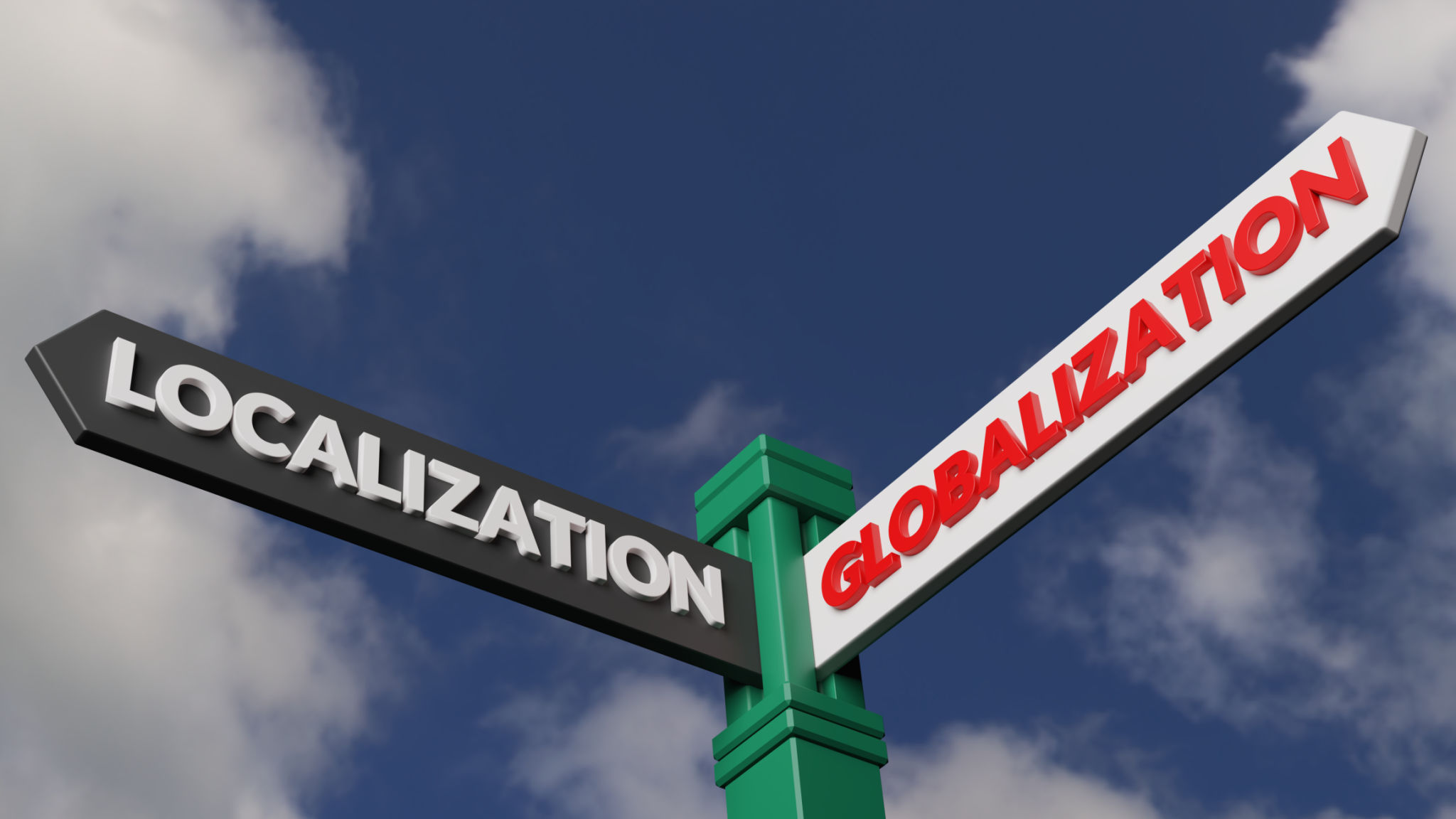Common Mistakes to Avoid in Document Translations
Understanding the Importance of Accurate Document Translation
Document translation is a crucial task that requires meticulous attention to detail. It plays a significant role in global communication, enabling businesses and individuals to reach broader audiences. However, the process is fraught with potential pitfalls that can lead to misunderstandings or even reputational damage. Understanding common mistakes and how to avoid them is essential for anyone involved in translation work.

Ignoring Cultural Nuances
One of the most frequent mistakes in document translation is overlooking cultural nuances. Language is deeply intertwined with culture, and a direct translation might not convey the same meaning in different cultural contexts. It's important to be aware of idioms, expressions, and local references that might not translate well. A culturally insensitive translation can not only be confusing but also offensive to the target audience.
Using Unqualified Translators
Another common error is entrusting the translation task to someone who lacks the necessary qualifications. While bilingual individuals might seem like a cost-effective choice, they may not possess the required expertise in both languages to ensure accuracy and fluency. Professional translators are trained to capture the nuances of both source and target languages, ensuring that the message is conveyed correctly.
Over-reliance on Machine Translation
In today's digital age, machine translation tools like Google Translate have become increasingly popular due to their convenience and speed. However, relying solely on these tools can lead to significant errors. Machines lack the ability to understand context and cultural subtleties, often resulting in literal translations that miss the intended meaning or tone.

Neglecting Proofreading and Quality Checks
Translators may sometimes skip thorough proofreading and quality checks, assuming their initial work is flawless. However, even skilled translators can make mistakes. Implementing a rigorous quality assurance process ensures that errors are detected and corrected before the document reaches its audience. This step is vital for maintaining professionalism and credibility.
Mistranslating Technical Terms
Mistranslating technical terms is another pervasive issue, especially in specialized fields like medicine, law, or engineering. Technical jargon often requires a deep understanding of the subject matter to ensure precise translation. Collaborating with specialists or using industry-specific glossaries can help mitigate this risk.
Failing to Localize Content
Localization goes beyond mere translation by adapting content to fit the cultural and linguistic preferences of a specific region. Failing to localize content can result in a message that feels foreign or irrelevant to the intended audience. Effective localization considers factors such as local dialects, measurement units, currency, and even color symbolism.

Conclusion: Striving for Excellence in Translation
Avoiding these common mistakes requires vigilance, expertise, and a commitment to quality. By understanding the potential pitfalls and employing best practices, translators can ensure their work is accurate, culturally sensitive, and effective in communicating the intended message. Whether you're seeking professional services or translating documents yourself, keeping these considerations in mind will help you achieve successful outcomes.
